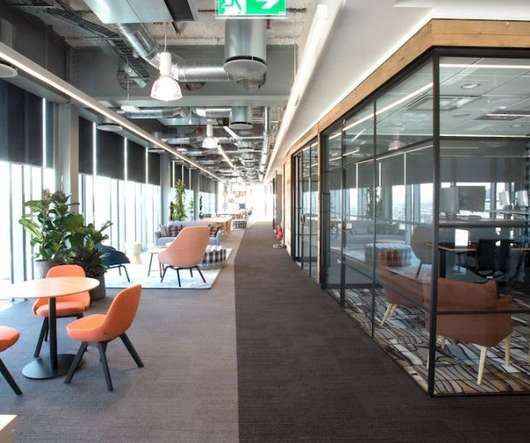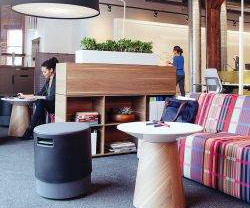How To Design Workplaces For Neurodivergent Employees
Allwork
MAY 5, 2022
million disabled people actually use a wheelchair, meaning that the needs of the remaining 92% are potentially not being met by the built environment. Historically, the spaces which make up the built environment have been primarily designed by and for neurotypical people. Acoustic environment.












Let's personalize your content